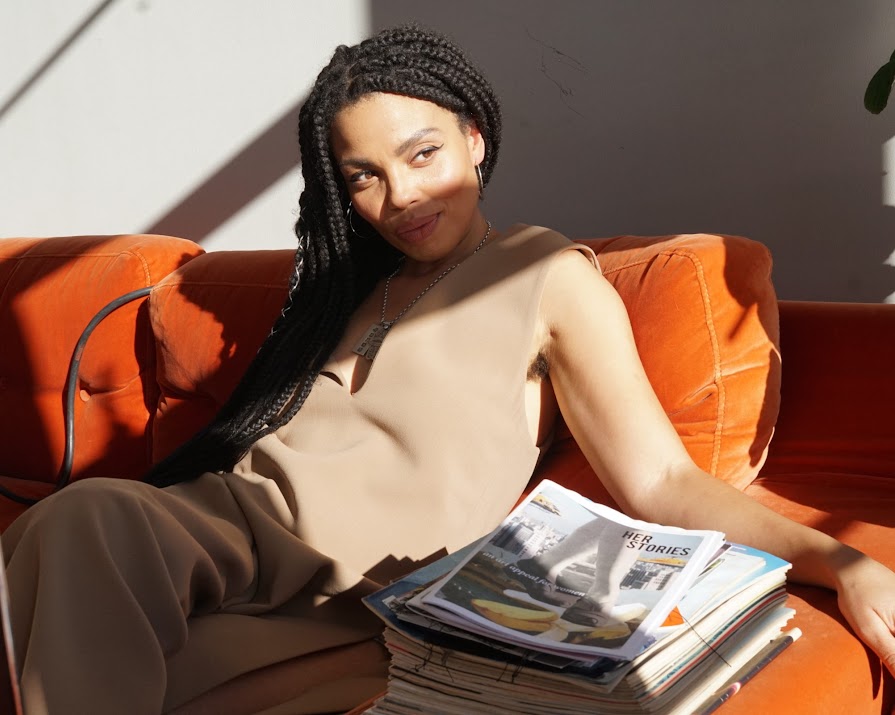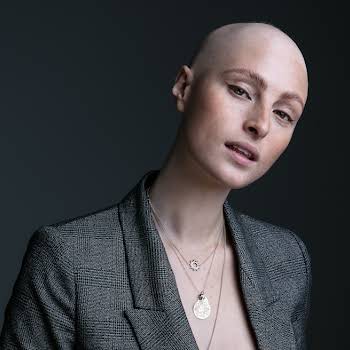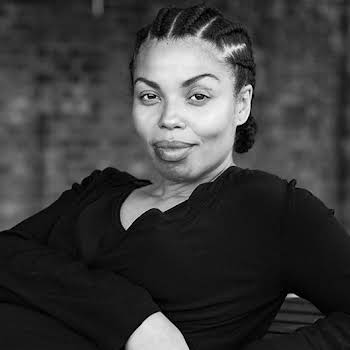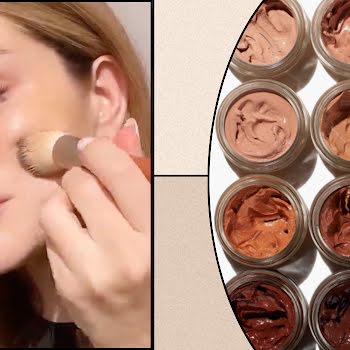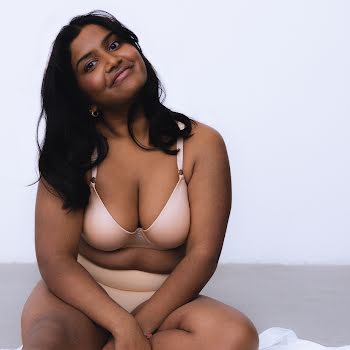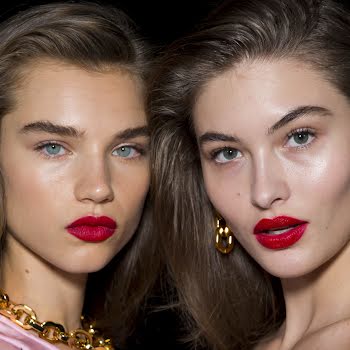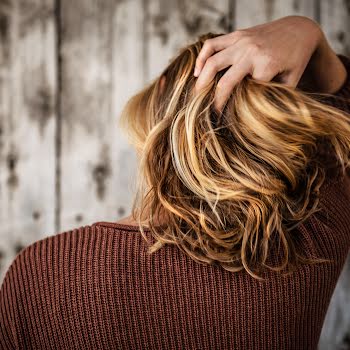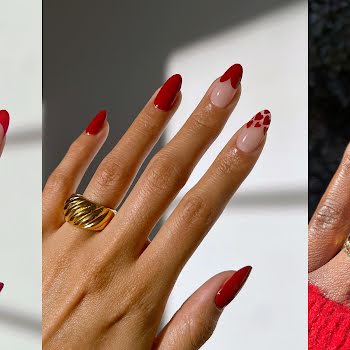By Holly O'Neill
03rd Jun 2020
03rd Jun 2020
Hair is so much more than what we see in the mirror. It’s linked intrinsically to who we are, to our identity, gender, culture and ethnicity, whether it’s the hair on our heads or our bodies. In the July/August issue of IMAGE Magazine, Holly O’Neill spoke to seven Irish women on how their relationships with hair has shaped their lives. Here, Emma Dabiri, presenter, social historian, writer and author of Don’t Touch My Hair, shares her story.
I never thought about my hair until I moved to Ireland. I was always aware in Ireland that my hair was different. Racism and hatred towards my hair were the defining features of my experience with my hair. People were not just interested in it because it was different, there was a fascination, underscored with disgust.
My mum was white, so I didn’t have anyone to show me how to style my hair or anyone who knew how to do it themselves. All the products that are needed weren’t there. When I was 14, I started getting box braids and I would keep it braided like that. When I moved to London, I started relaxing my hair all the time. The first time I had it done properly was when my mum brought me to Manchester for my birthday. I had some extensions put in and highlights. I thought I was the business; I had hair like my peers. I came home and everybody was like, “Oh my god, you look amazing” because that was the beauty standard. It was like the most incredible transformation.
You can’t just go to sleep every night and wake up in the morning and have it look like it did when it was first done. You have to wrap it every night, all around your head with clips and put a satin scarf on it. When you take that off in the morning, it looks fresh and it’s got movement and mobility, but I didn’t know any of that, so I wasn’t able to maintain it.
For a long time, I felt uncomfortable relaxing my hair. I knew it was because I was ashamed of my own hair texture and didn’t like the way my own hair looked. It was really a process of conforming to a beauty standard that didn’t really acknowledge my features. I felt uncomfortable with it, but I still felt too indoctrinated by those norms to stop.
Relaxed hair needs to be relaxed every six weeks because as your roots grow, they’re growing Afro hair and the rest of your hair is straight. A year before my son was born, I kept the relax, but I didn’t cut it off, I just stopped relaxing it. When he was born, I said I wouldn’t relax it again because I had already stopped. So I had to say goodbye to the length and straightened ends and just cut it all off because that’s all you can do – you can’t unstraighten it. That was the first time I’d had a short Afro again since I was a child. I still disliked it.
With black people’s hair, there is a range of different textures that exist. There are people who might have mixed ancestry so their hair is curly, but it’s a looser curl. Sometimes it’s more like when a white person has really curly hair. Then there are the more Afro textured types. It’s frustrating when a white person with curly hair is like, “Oh yeah, I have the same thing” because my hair is very tightly coiled or what is referred to colloquially as a kinky texture. There’s quite a hierarchy of textures; the looser, softer curls are more desirable and the hair that favours more of African heritage is the hair that is more stigmatised. I’m mixed, so the expectation is that I have loose curly hair, but I don’t. Even when I cut off my relaxed hair, I thought, I still don’t have quote-unquote good hair. I still wasn’t happy with the texture, so I wore weaves for a few months. As my hair started to grow, I started experimenting with it. There are so many different styles that you can achieve. Coily hair is the most versatile type of hair – you can really achieve any style or texture, so as I started learning the process of all the things I could do with my hair, that really shifted my relationship with it, and that’s why my hair now changes from one week to the next.
I might have my hair twisted; the braided styles you can have are limitless, you can have braids in an updo, you can have extensions so it’s really long – it really depends on my mood, what I’m wearing and what kind of vibe I want to go for. At the moment, I have boho locks, with long hair almost down to my bum. I love the versatility and change.
I would tell younger Emma that it gets easier. You’ll realise you’re not the only person experiencing this. I’d tell her that one day, not that far in the future, there will be women paying a lot of money to try and look like you, be it from your hairstyle to the features that you’re slagged off for having, like your lips and your bum.
In my book, I talk about how that’s not just a modern phenomenon, that’s something that happened in the past, specifically in relation to hair. I talk about the tignon law in Louisiana in the 1700s. There was big social unrest because white women complained that black and mixed-race women were unfavourably advantaged in vying for male attention because they were able to achieve ornate hairstyles that they couldn’t achieve. This caused such a controversy that the governor of Louisiana signed in legislation the tignon law that said black and mixed women had to cover their hair and wear scarves around their head because their hair was causing backlash. If I had heard that story, I would have been blown away.
The biggest messages you could take from my book are about more than hair, but I use hair to make the point. The way black hair is treated is almost an allegory for the way black people are treated and perceived. A lot of the language used to describe black hair – unmanageable, coarse, unruly, defiant – is language that used to be used to describe black people, but you can’t say that anymore, so it’s just shifted to head height. It’s about challenging stigma that exists around black hair that actually suppresses its power, capabilities and its beauty.

This article originally appeared in the July/August 2019 issue of IMAGE Magazine.
Read more: This app allows you to report racist incidents right away
Read more: Irish women tell us why they marched for Black Lives Matter yesterday
Read more: 12 books to educate yourself on systemic racism











